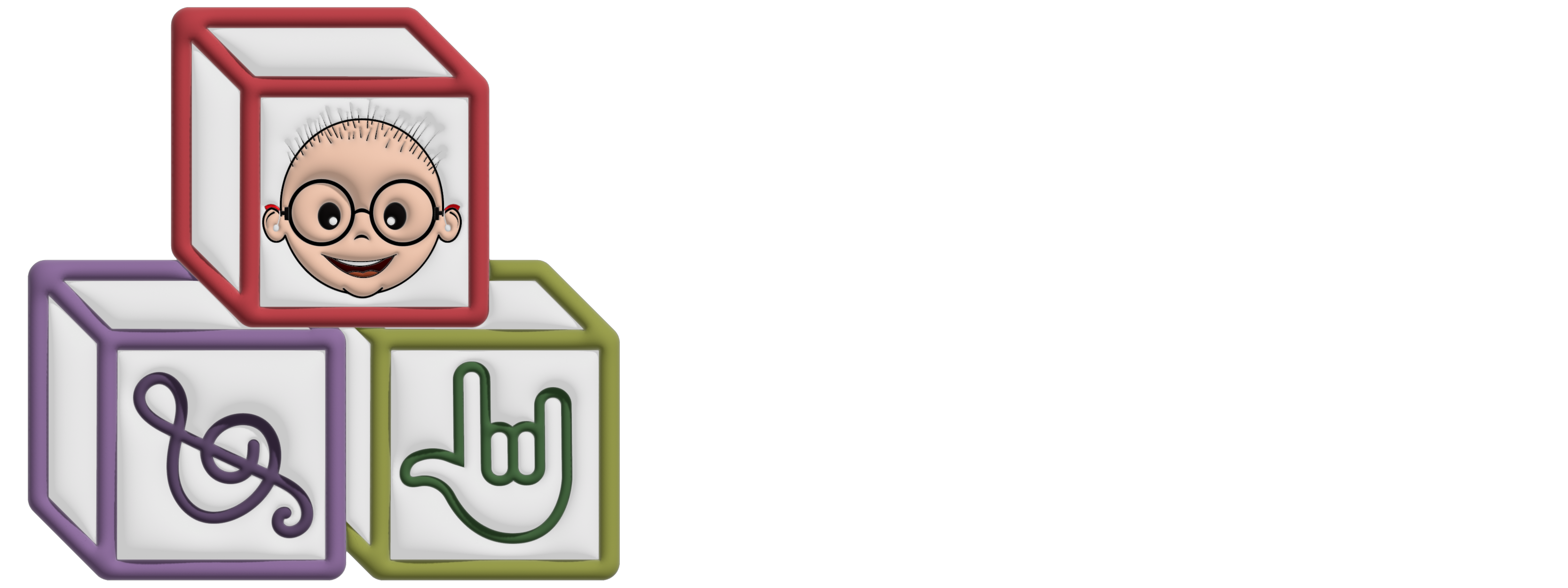-
BSL is “baby sign language.” Nope, BSL is actually British Sign Language. There’s really no such thing as “baby sign language” in terms of a formal language out there. It’s simply approximated signs from a formal signing system until babies develop the necessary motor skills to refine their signs. Just like there’s no “baby English,” but there’s babbling and word approximations.
-
Gestures are signs. Nope, a gesture is a non-language based movement of the hands. It often accompanies language or is a means of communicating something, but it’s not a sign and it is not language. Babies and toddlers are prone to gesturing, which is one reason why they can easily learn to sign.
-
Sign Language is universal. Nope, there is a universal sign system, but nearly every country or spoken language has it’s own sign language.
-
Bilingual children are always late speakers, or often develop one of the two languages later than the other. Nope, there are plenty of children in bilingual families who speak early or on time and develop a strong command of both language simultaneously. In our experience at Baby Fingers, when sign language is included, there is even greater success with both spoken languages – stronger command and earlier onset.
-
Signing babies speak late or become lazy with their speech. Nope, that’s a global inaccuracy and a myth. Signing babies are often early talkers and typically have a very large vocabulary, while also picking up on subtle body language and facial expressions.
-
Check out our articles page for some supportive research.

